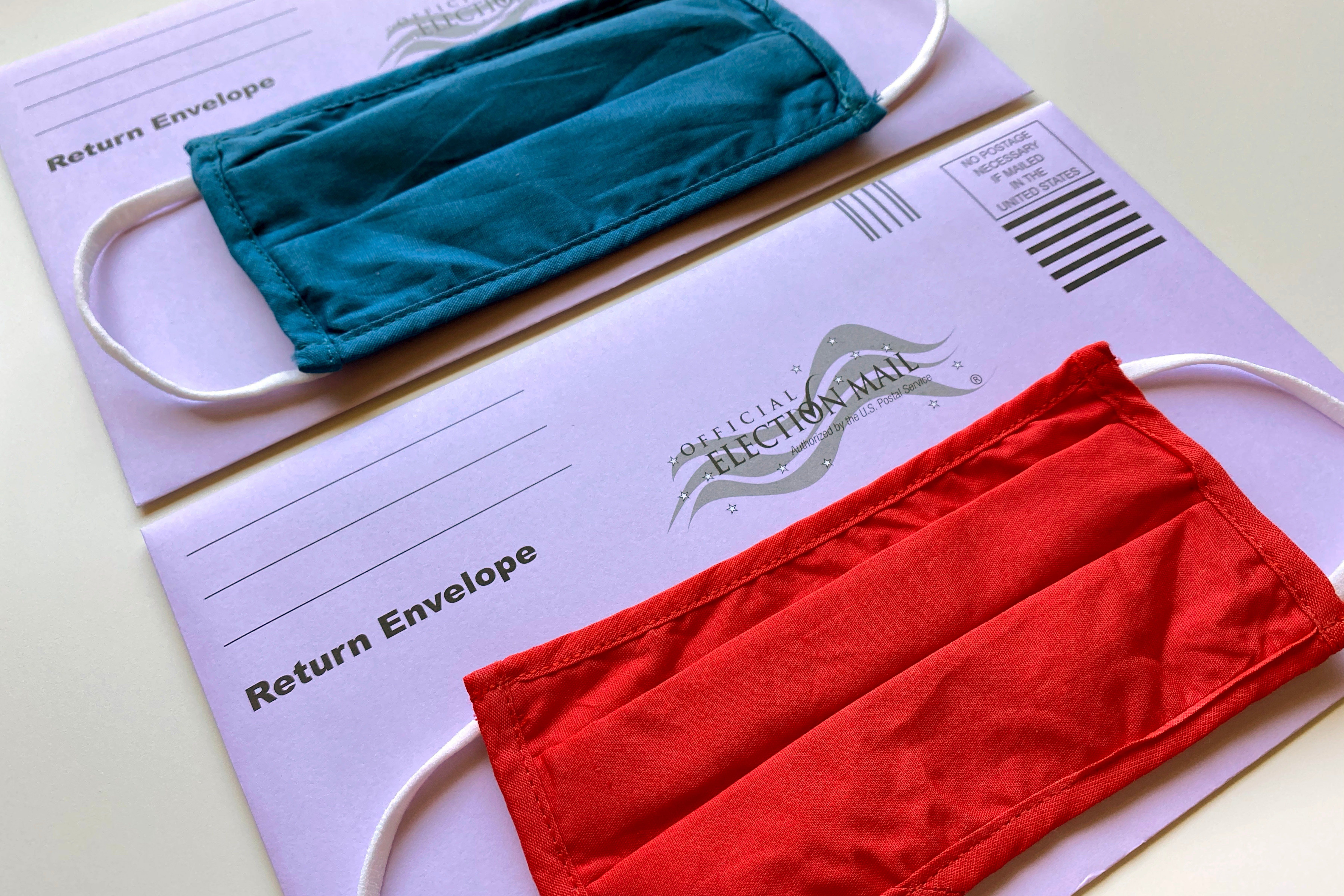Too close to call: How the 2020 election is a startled comparison to previous races
Throughout the years, we've seen general elections come and go. Some have been close, while others, differentiating drastically. In 2016, Hillary Clinton won the popular vote by 65,853,625, while Trump only received 62,985,106 votes. However, Hillary didn't win the overall election thanks to the Electoral College.
Donald Trump did.
In order to win the overall election, a candidate needs a total of 270 electoral votes. Hilary only received 232, while Trump received 306. It's a mystery to me how anyone could vote for a xenophobic candidate who condones racism, sexism, misogyny. Then again, I won't pretend to understand the mind of a MAGA supporter.
Within the four years Trump has been in office, we've witnessed a global pandemic, that has claimed the lives of more than 226,000 Americans; blatant racial disparities, brutal attacks on reproductive rights; unjust immigration enforcement and much more.
And yet, the 2020 election race is uncomfortably too close to call. At the moment, Biden is leading the race with 224 electoral votes. That's 50.2%. However, Trump is following with 213 electoral votes. That's only 48.2%. If you're anything like me, you've been hyperventilating since Monday.
In addition, there are still an immense amount of ballots needing to be accounted for, specifically within key battleground states, including Pennsylvania and Georgia. So let's look at how the 2020 Election differs from elections past.
Maine (4 electoral votes)
2020 winner: Joe Biden
2016 winner: Hillary Clinton
Arizona (11 electoral votes)
2020 winner: Joe Biden
2016 winner: Donald Trump
Florida (29 electoral votes)
2020 winner: Donald Trump
2016 winner: Donald Trump
Iowa (6 electoral votes)
2020 winner: Donald Trump
2016 winner: Donald Trump
New Hampshire (4 electoral votes)
2020 winner: Joe Biden
2016 winner: Hillary Clinton
Ohio (16 electoral votes)
2020 winner: Donald Trump
2016 winner: Donald Trump
Texas (38 electoral votes)
2020 winner: Donald Trump
2016 winner: Donald Trump
Virginia (13 electoral votes)
2020 winner: Joe Biden
2016 winner: Hilary Clinton
Maryland (10 electoral votes)
2020 winner: Joe Biden
2016 winner: Hillary Clinton
California (55 electoral votes)
2020 winner: Joe Biden
2016 winner: Hillary Clinton
Oregon (7 electoral votes)
2020 winner: Joe Biden
2016 winner: Hillary Clinton
Washington (12 electoral votes)
2020 winner: Joe Biden
2016 winner: Hillary Clinton
Colorado (9 electoral votes)
2020 winner: Joe Biden
2016 winner: Hillary Clinton
New York (29 electoral votes)
2020 winner: Joe Biden
2016 winner: Hillary Clinton
Vermont (3 electoral votes)
2020 winner: Joe Biden
2016 winner: Hillary Clinton
Massachusetts (11 electoral votes)
2020 winner: Joe Biden
2016 winner: Hilary Clinton
Connecticut (7 electoral votes)
2020 winner: Joe Biden
2016 winner: Hillary Clinton
